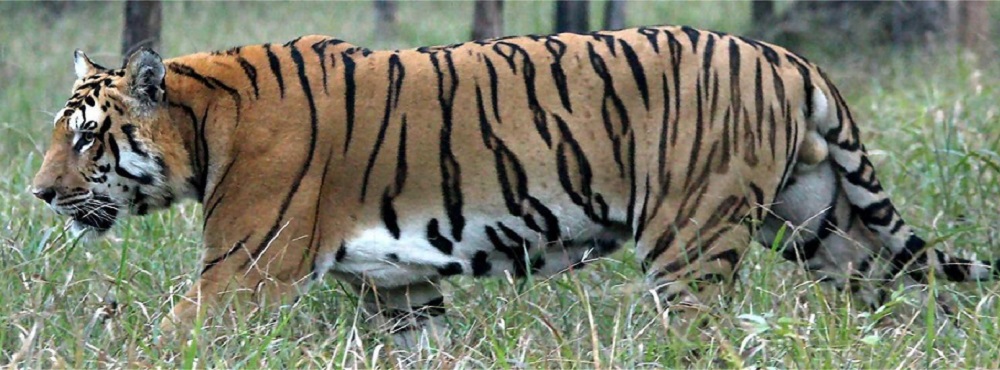- Sunday, 31 August 2025
Int'l Tiger Day 2025 being observed in Nepal
Kathmandu, July 29: The International Tiger Day is being observed across the country by organizing various programs today to aware the community for the conservation of Royal Bengal tigers.
This Day is observed on July 29 every year with an objective of spreading public awareness for Royal Bengal tiger conservation following the decision from the Tiger Summit of heads of state and government in St Petersburg of Russia in 2010.
The Ministry of Forest and Environment is observing the Global Tiger Day by organizing different programmes.
As per the census carried out in 2022, the number of tigers had reached 355 in Nepal. Nepal has become successful in increasing the number of tigers than its commitment.
In the Summit, Nepal had promised to double the population of tigers from 121. As per the tiger census-2009, the population of tigers was 121 in Nepal.
With the increasing number of tigers in Nepal, different issues including their management, reducing human-wildlife conflict and improving their habitat have become challenging.
Likewise, debates have been initiated about the number of tigers and Nepal's tiger carrying capacity. Some experts argue that Nepal's tiger carrying capacity is around 400.
The Department of National Parks and Wildlife Conservation, National Trust for Nature Conservation, World Wildlife Fund and Geological Society of London are carrying out a study with the coordination of Ministry of Forest on tiger carrying capacity of Nepal.
Nepal has been celebrating the Global Tiger Day since 2067 BS and conducting tiger census.
Royal Bengal tigers are found in Nepal, India, China, Bhutan, Russia, Bangladesh, Vietnam, Myanmar, Malaysia, Indonesia, Thailand and Laos.
The number of tigers in the globe was estimated to 100,000 till 1900. It decreased to 3,200 in 2010. According to the World Wildlife Fund, the population of tigers reached 4,500 in 2022 due to conservation efforts from around the world. (RSS)






-original-thumb.jpg)










